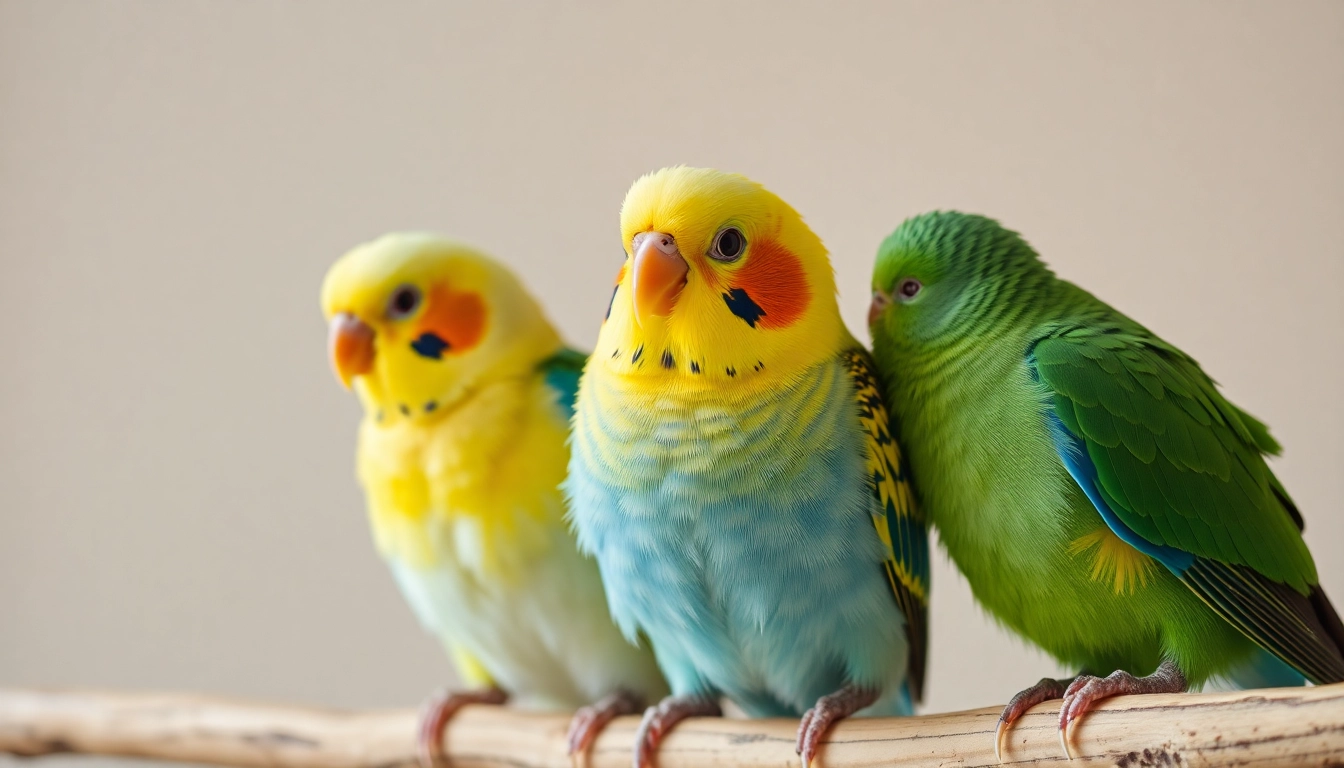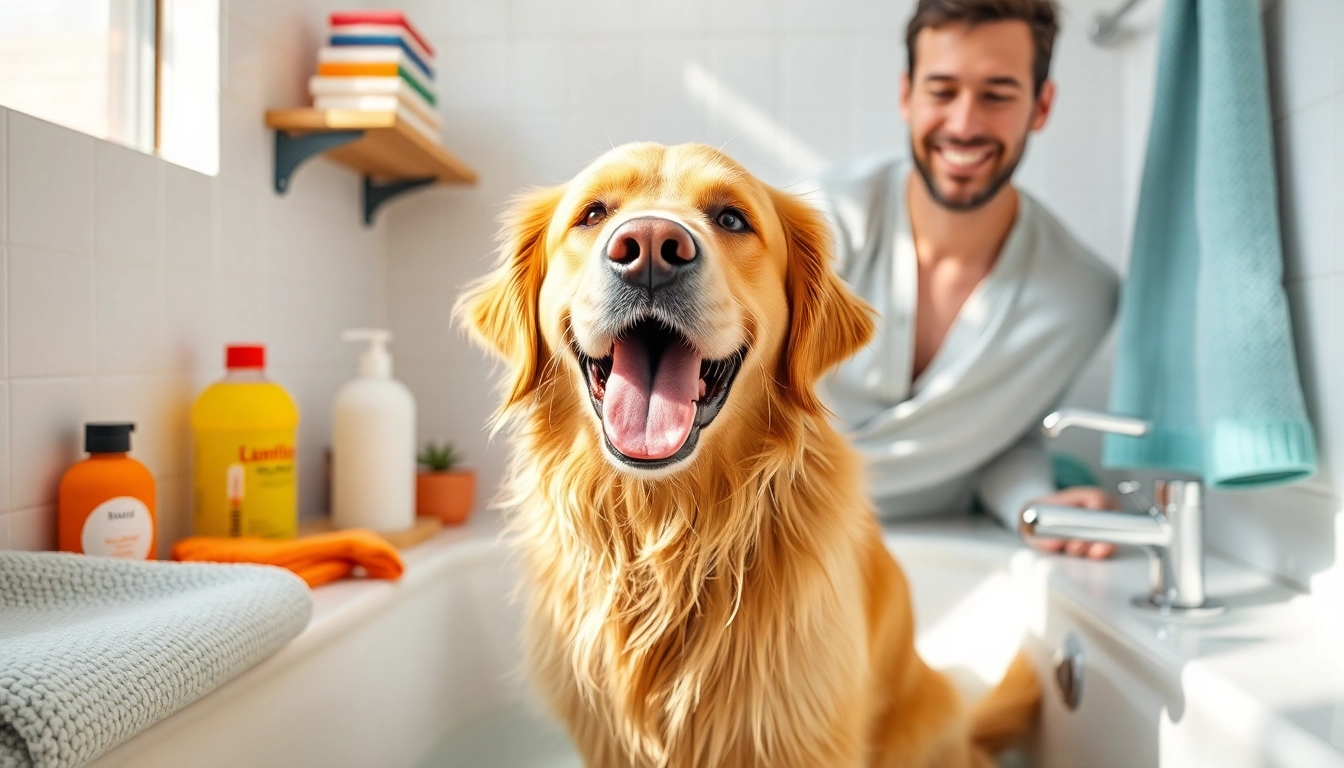Comprehensive Guide to Pet Birds: Choosing the Right Species for Your Home
Understanding Different Types of Pet Birds
Choosing the right pet bird begins with understanding the diverse array of species available and the unique traits each offers. The world of pet birds is rich with options, ranging from small, lively parakeets to majestic macaws. For prospective owners, knowing which species aligns with their lifestyle, experience, and expectations is crucial for long-term happiness and responsibility. Today, pet birds are among the most popular companion animals due to their intelligence, social nature, and vibrant colors. According to leading avian care resources, some of the most beloved beginner-friendly species include parakeets (also known as budgerigars), cockatiels, and lovebirds. These birds are not only manageable for newcomers but also incredibly engaging, offering a rewarding experience for owners willing to invest time and proper care.
For example, pet birds like parakeets are well-known for their adaptability, ease of care, and playful personalities. They can thrive in standard cages and require a moderate level of social interaction and mental stimulation. Conversely, species like Hyacinth Macaws or larger parrots demand more extensive habitat setups and social engagement, suitable for experienced owners. Recognizing these differences is essential for ensuring a good match between the pet and the owner, fostering a harmonious relationship from the outset.
Popular Beginner-Friendly Pet Bird Species
When venturing into the world of pet birds, beginners often seek species that are resilient, easy to care for, and have manageable social needs. Here are some of the top recommended species for novice bird owners:
- Budgerigars (Budgies): Small, colorful, and energetic, budgies are among the most popular pet birds worldwide. They typically live 5-10 years and are known for their playful nature and ability to mimic simple sounds.
- Cockatiels: Slightly larger than budgies, cockatiels are affectionate and social, often forming strong bonds with their owners. They can live up to 15-20 years with proper care and are known for their distinctive crests and whistling abilities.
- Lovebirds: Compact and vibrant, lovebirds are affectionate and thrive when they have companionship, either from their owner or a mate. They tend to live around 10-15 years and enjoy interactive play.
- Gouldian Finches and Society Finches: Known for their striking plumage and peaceful nature, finches are ideal for those who prefer a bird that is easier to socialize and less demanding on handling.
These species are ideal because they typically require less specialized diet, habitat, and socialization compared to larger, more complex parrots such as macaws or African greys. Additionally, their manageable size reduces the risk of injury or escape, making them perfect for small living spaces and first-time bird owners.
Distinctive Traits and Care Needs of Major Pet Bird Types
Small Birds: Parakeets, Finches, and Lovebirds
Small parrots and finches are characterized by their lively behaviors and colorful appearances. They require spacious cages with multiple perches, toys for stimulation, and a balanced diet rich in seeds, pellets, and fresh produce. Socialization is key; these birds thrive on interaction, either with their owners or with each other. For example, finches are known for their flocking behavior and should be housed in groups to prevent loneliness.
Medium to Large Birds: Cockatiels, Conures, and African Greys
Mid-sized species like cockatiels and conures tend to be more interactive and capable of mimicking speech and sounds. They require more mental stimulation, including puzzle toys and training sessions. African greys are particularly intelligent, often considered the most skilled talkers among parrots. Their care involves a larger cage, daily social interaction, and a diet emphasizing fruits, vegetables, and nuts, alongside pellets.
Majestic Large Birds: Macaws, Cockatoos, and Amazon Parrots
These magnificent birds are known for their longevity, often living up to 50 years or more. They demand significant space, daily socialization, and mental enrichment. Their powerful beaks require sturdy cages, and their complex social needs may necessitate a dedicated owner capable of investing extensive time and resources. They are best suited for experienced owners committed to active engagement and consistent care routines.
Understanding these differences helps in selecting a species that matches your living situation, activity level, and experience. Consulting resources from avian specialists and veterinarians can further refine your choice and ensure sustainable, humane care for your feathered companion.
Essential Care Tips for Pet Birds
Feeding, Housing, and Socialization Best Practices
Proper nutrition forms the backbone of pet bird health. A balanced diet should include high-quality pellets, fresh fruits and vegetables, occasional seeds, and clean, fresh water daily. Avoid avocado, chocolate, caffeine, and alcohol, as these are toxic to birds. Providing enrichment through toys, foraging opportunities, and social interaction prevents boredom and behavioral issues. Housing must be ample enough for flight, with perches of varying diameters to promote foot health, and clean, safe sleeping quarters.
Common Health Challenges and Prevention Strategies
Birds are susceptible to various health issues such as respiratory infections, feather plucking, and nutritional deficiencies. Regular veterinary checkups are vital for early detection. Maintaining clean cages, proper hygiene, and diet diversity significantly reduce health risks. Be vigilant for signs like sneezing, fluffed feathers, or decreased activity, and seek prompt veterinary intervention when needed. Quarantine new birds to prevent disease transmission and consider vaccination where appropriate.
Creating a Stimulating Environment for Pet Birds
Mental stimulation is essential for preventing boredom and maintaining emotional well-being. Incorporate a variety of toys such as mirrors, bells, and chewable items. Rotate toys regularly to keep the environment engaging. Providing safe mirrors can boost confidence, while puzzle feeders enhance foraging instincts. Allow supervised out-of-cage time in bird-proofed areas. These activities help develop cognitive skills and foster a strong bond with your pet.
Choosing the Right Pet Bird for Your Lifestyle
Considerations for Low-Maintenance vs. Highly Interactive Birds
Depending on your daily schedule and activity level, your ideal pet bird may vary. For busy individuals or those new to bird ownership, low-maintenance species like finches or smaller parrots who do not require extensive handling may be best. Conversely, if you have more time and desire a social partner, species like cockatoos or Amazons can provide affectionate companionship but demand more interaction and care. Assess your willingness to invest time in training, socialization, and habitat maintenance before making a choice.
Matching Bird Personalities with Owner Activity Levels
Bird personalities range from shy and independent to highly playful and vocal. Active owners who enjoy training and interaction may prefer parrots capable of speech and tricks, such as African greys or cockatiels. More reserved individuals might opt for shyer species like Poicephalus parrots or finches, who are less demanding in terms of socialization but still rewarding companions.
Cost, Lifespan, and Commitment Expectations for Pet Birds
Financial and time commitments vary widely among species. Small birds like finches might cost less initially and have shorter lifespans (~6-10 years), whereas larger parrots can live several decades and require substantial investment in habitat, food, veterinary care, and enrichment. Planning for the long-term and being prepared for potential expenses ensures responsible ownership. Consider your future circumstances and whether you can sustain the necessary care over the bird’s lifetime.
Training and Enrichment for Your Pet Birds
Basic Training Techniques for Social and Behavioral Harmony
Training your bird fosters trust, behavioral boundaries, and the ability to handle your pet comfortably. Use positive reinforcement methods, such as offering treats and praise for desired behaviors. Start with simple commands like step-up and step-down. Consistency, patience, and short training sessions heighten success. For species capable of speech, early vocal training can be enjoyable and developmentally stimulating.
Enrichment Ideas to Prevent Boredom and Promote Health
Environmental enrichment is critical for mental and physical health. Introduce a variety of toys, including shreddables, puzzle feeders, and mirrors. Rotate items regularly to keep interest high. Allow safe out-of-cage playtimes in bird-safe rooms to stimulate flight and exploration. Foraging for food using hiding spots and puzzle toys mimics natural behaviors and reduces stress.
Handling and Communication Tips for a Happy Bird-Owner Bond
Gentle handling routines build trust and reduce fear. Approach your bird calmly, avoid sudden movements, and respect their boundaries. Use soft voice tones when communicating, and spend quality time daily. Establishing routines helps your bird feel secure. Using body language cues and understanding species-specific behaviors facilitate better communication and deepen your bond.
Legal and Ethical Aspects of Owning Pet Birds
Responsible Sourcing and Avoiding Illegal Trade
Purchasing birds from reputable breeders or rescue organizations ensures ethical sourcing. Avoid mass traders and wild-caught specimens, which contribute to population decline and may be illegal. Always verify licensing and breeding practices. Supporting sustainable sources promotes conservation and animal welfare.
Environmental Impact and Conservation Considerations
Many bird species face threats from habitat destruction and illegal poaching. As responsible owners, it is vital to acknowledge these issues by choosing species bred in captivity and participating in conservation efforts. Educate yourself about the origins of your bird and advocate for policies that protect wild populations.
Ensuring Welfare and Proper Care Compliance
Legal regulations may vary by location but generally include standards for cage size, environmental enrichment, and health care. Complying with these regulations and maintaining high standards of care ensures the welfare of your pet and contributes to ethical ownership. Regular veterinary visits, proper diet, and mental stimulation are cornerstones of responsible pet bird ownership.


